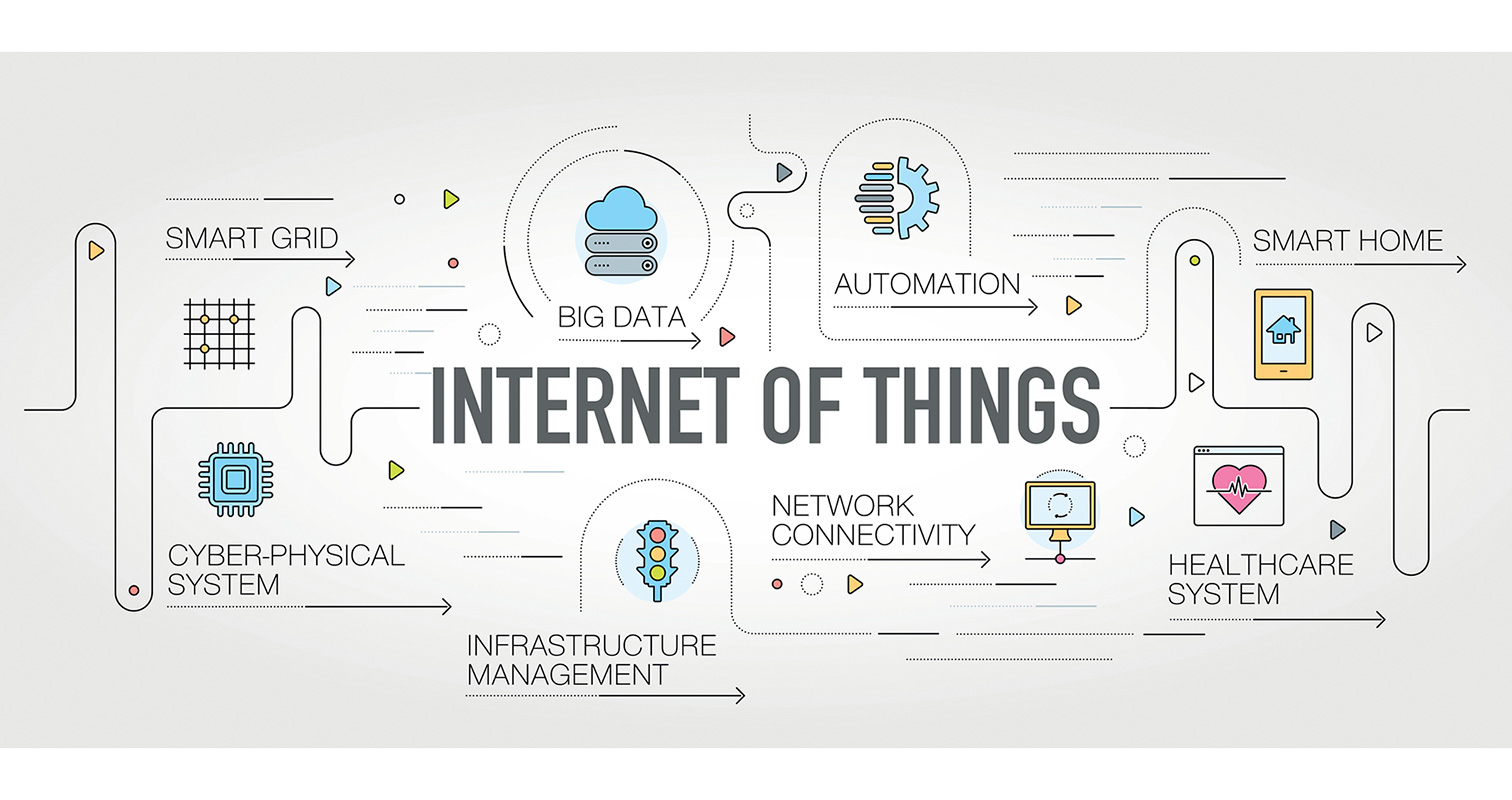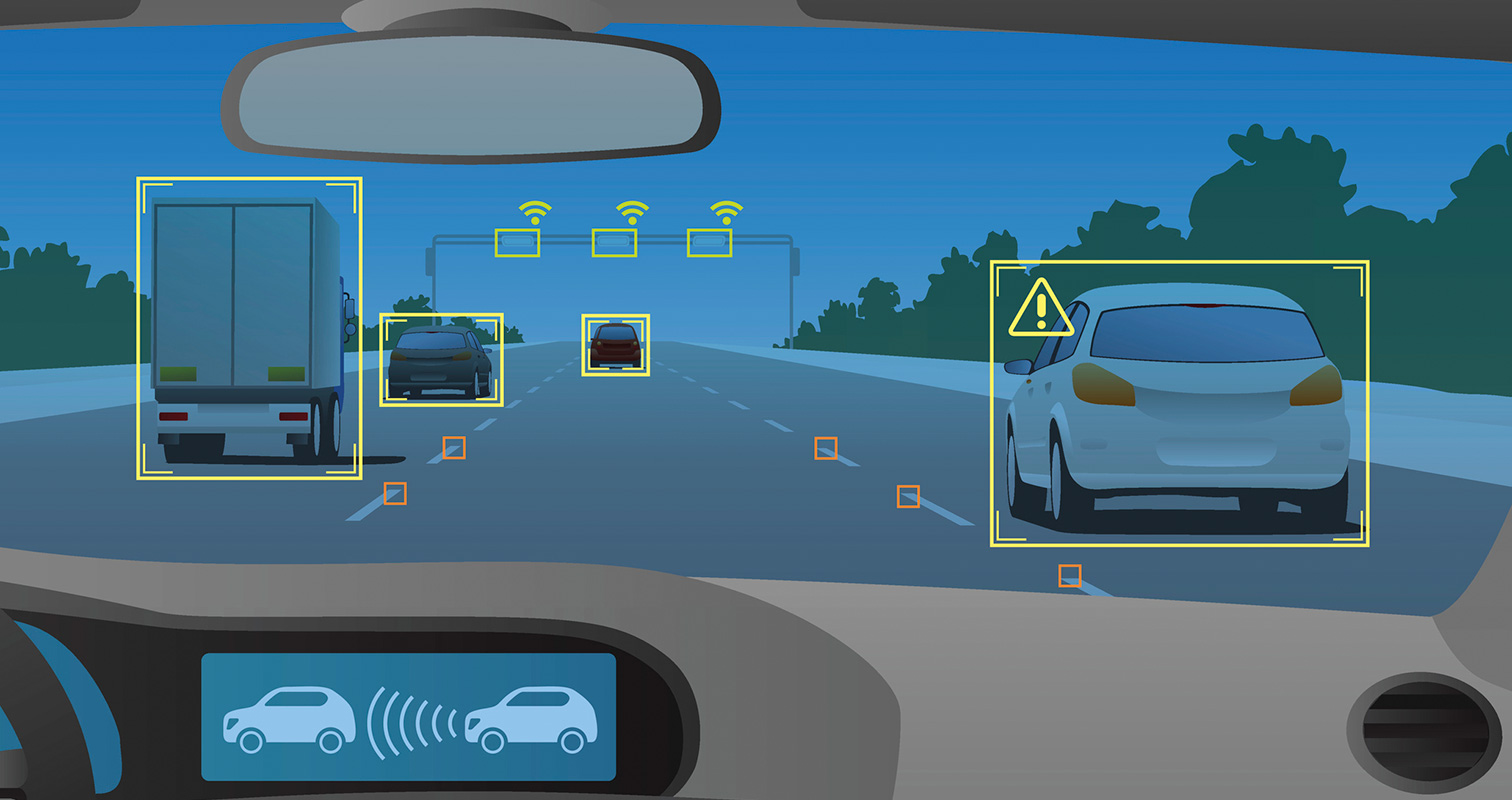Pictured in photo: Spruce Up + Madrona Venture Labs Team
At Madrona Venture Labs we know it’s all about the founders and we could not be more confident in Spruce Up co-founders Mia Lewin CEO and Mike Dierken CTO. Today, they announced $1.5M in funding from backers known for picking winners in marketplaces, AI, ecommerce and consumer — Two Sigma Ventures, Madrona Venture Group, Maveron, Female Founders Fund, and Petersen Ventures.
Mia is everything we dream of in a founder CEO and it is more than the fact she is a three-time founder, has design domain expertise and holds a Stanford GSB degree. Mia is deeply passionate about design at the core and it stems from her Scandinavian roots. Mike Dierken is an incredible complement to Mia with his background at Amazon and McKinsey & Co. and the full-spectrum startup experience. His hands-on experience building ecommerce platforms and machine-learning recommendation systems could not be more relevant. We love this team.
Spruce Up is the smarter way to design your home. By applying data science to the designer workflow, the shopping service bridges the gap between design inspiration to low-cost, highly personalized design implementation. Thematically, the Spruce Up concept fell right into our focus on vertical ML/AI and early on we collectively identified a unique opportunity to do for home design what StitchFix has done for apparel. The DIWM (do it with me) segment of the home design space is a massive $75B+ market and although there are competitors, most are positioned upmarket in the DIFM (do it for me) category.
Our journey with Mia started back in June of last year after a chance meeting at Madrona resulted in her accepting a CEO-in-residence role with MVL. We agreed to explore a nascent concept we were researching in the garden design space which was inspired by Ben Zulauf, engineering partner at MVL. Given Mia’s deep domain and founder experience in design and ecommerce, we quickly realized that if we are going to do anything in this category it should be with her. So we formed a strong team with design and engineering expertise, including Ben Zulauf, Ejiro Akporobaro, and Jason Flateboe (founding designer of two consumer ML, ecommerce startups). Over the course of eight months we interviewed dozens of designers and hundreds of target customers, built several light-weight prototypes to test concepts and on-boarding flows, and pivoted along the way. Jay Bartot, MVL CTO and serial ML startup CTO, rode shotgun on the investor roadshow and outlined the technical vision for the company. Early exposure to the MVL investor network resulted in a lead investor term sheet from our partner Two Sigma Ventures and an investment from Maveron and access to our talent network resulted in co-founder CTO Mike Dierken joining the team. It has been an honor to be part of the earliest of formation days with Mia and Mike and we look forward to supporting them in the future.
This is just the beginning and we invite you to be a part of the Spruce Up movement — sign up now and get a free Spruce Up (personalized interior design advice) when the company launches later this year.



